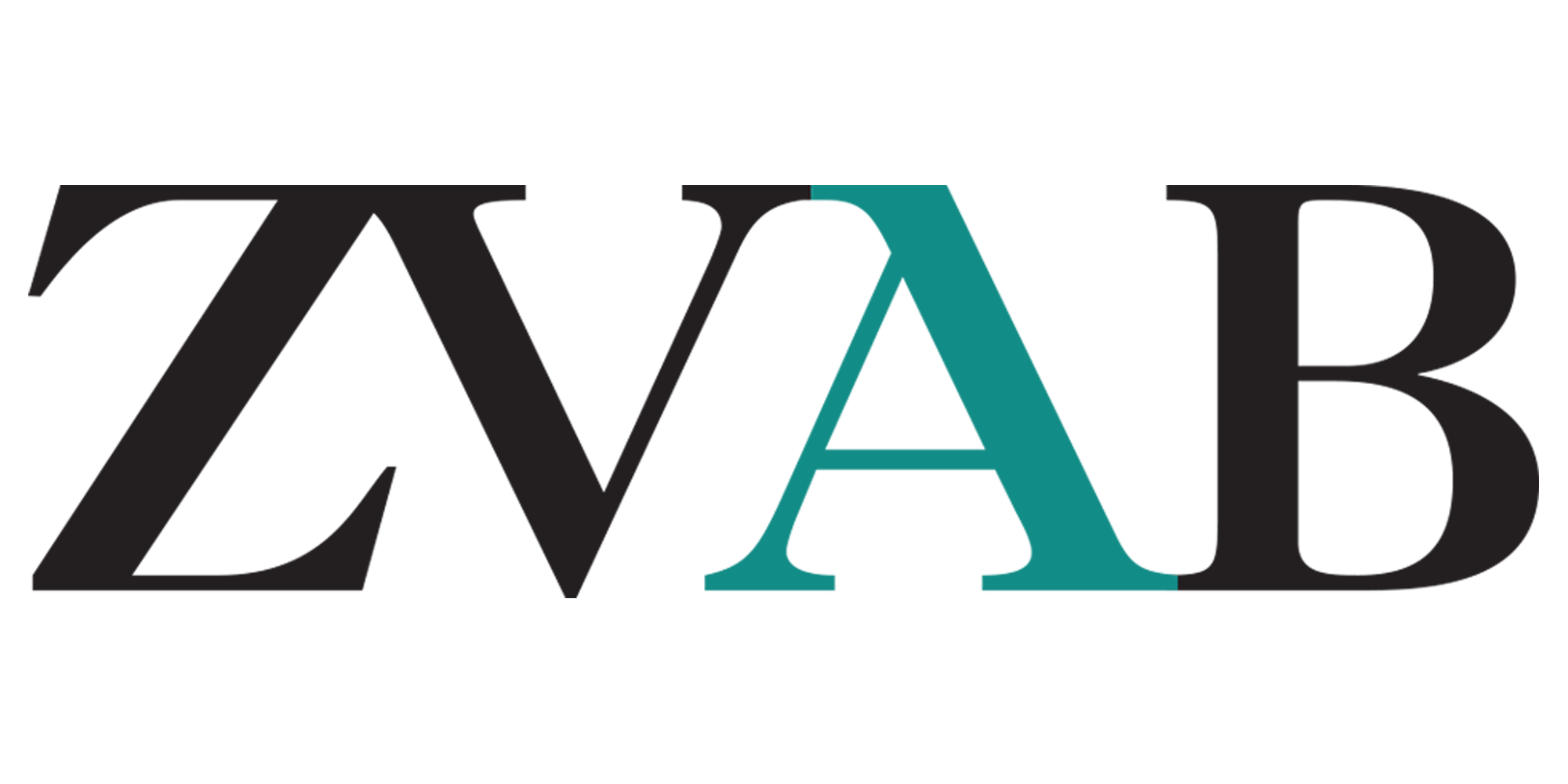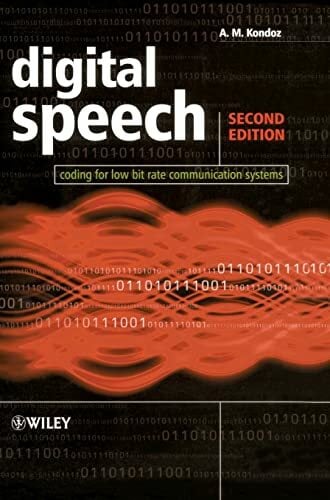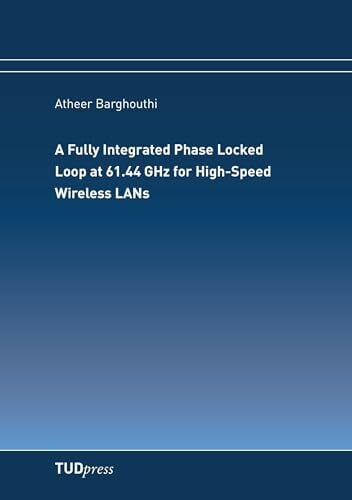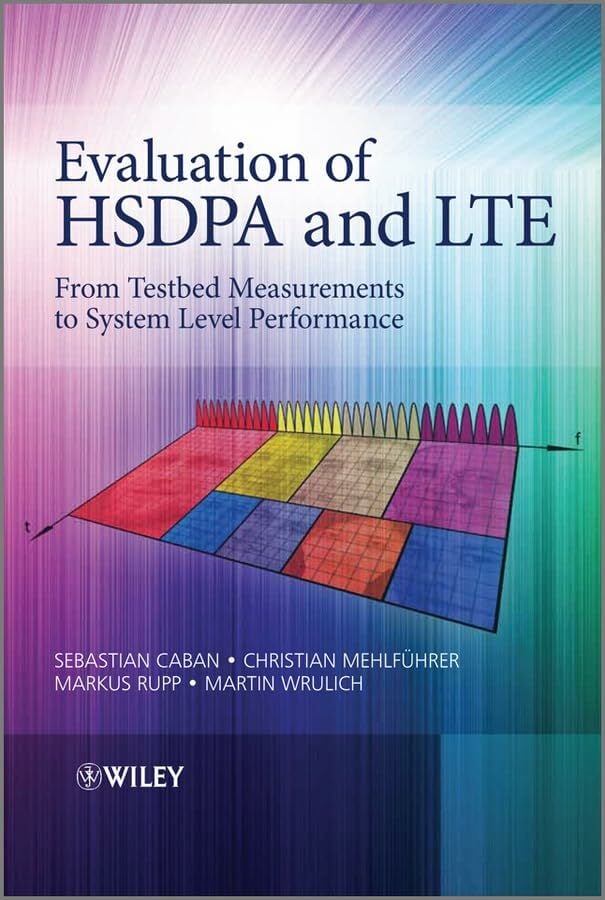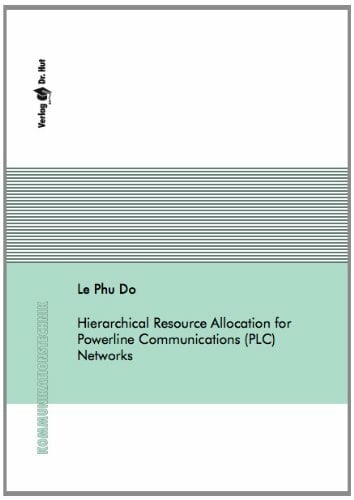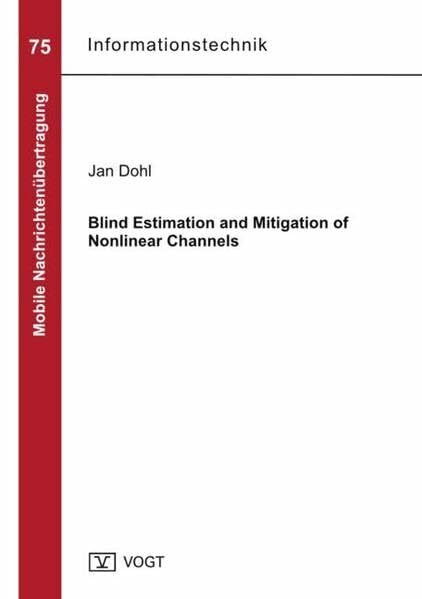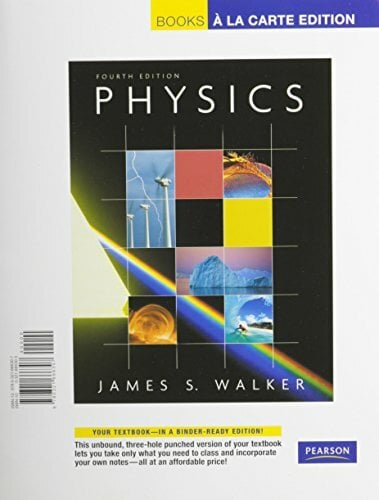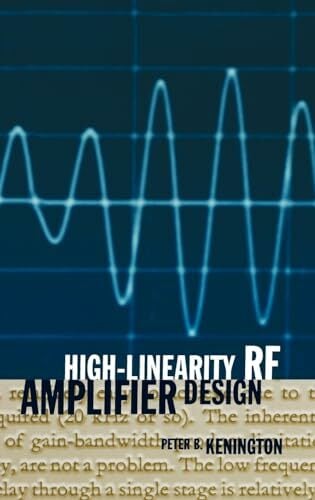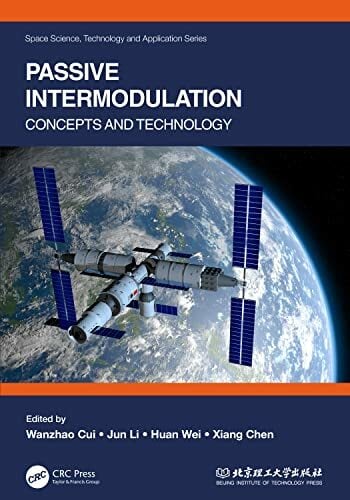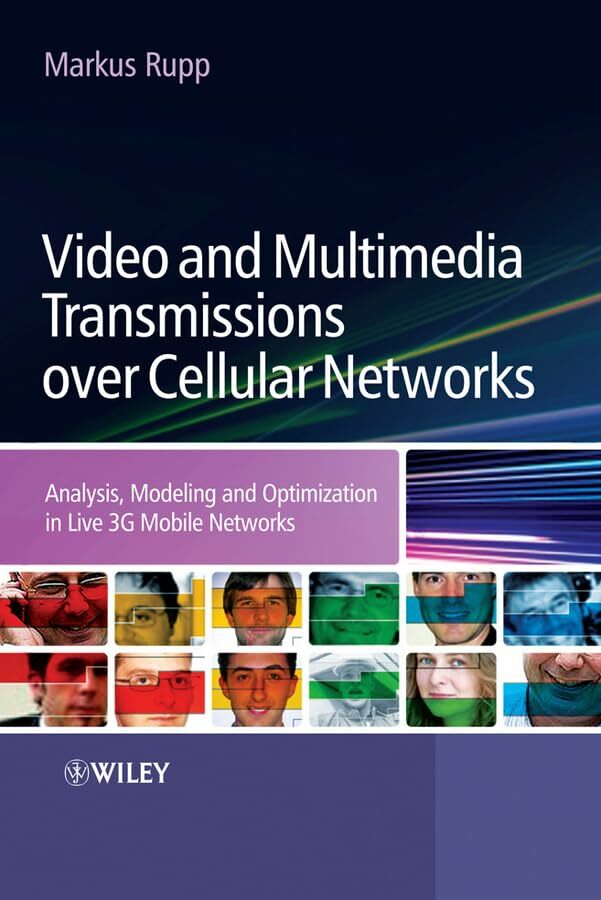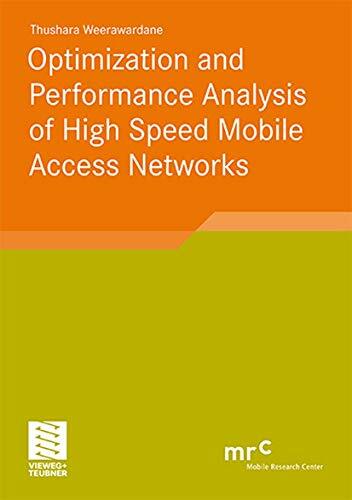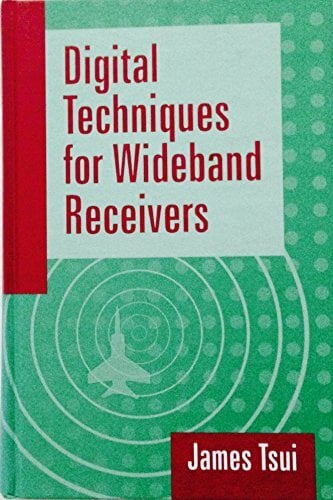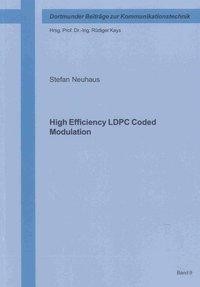
High Efficiency LDPC Coded Modulation
Kurzinformation
inkl. MwSt. Versandinformationen
Artikel zZt. nicht lieferbar
Artikel zZt. nicht lieferbar

Beschreibung
The combination of low-density parity-check (LDPC) codes and higher-order modulation represents one of the most powerful digital transmission schemes for bandwidth-limited channels. Information transmission close to fundamental limits is enabled in this way. However, this only holds for large block lengths resulting in high latency as well as high complexity. Therefore, this thesis is dedicated to high efficiency LDPC coded modulation schemes that require a small number of channel uses to transmit a possibly large amount of information. For this, short LDPC codes with block lengths in the order of 102 - 103 bits and higher-order modulation are considered. First, bit-interleaved coded modulation (BICM) deploying (binary) irregular LDPC codes is discussed as one of the most common state-of-the-art transmission schemes for bandwidth-limited channels. A tool based on extrinsic information transfer (EXIT) functions is extended to analyze the combination of LDPC codes and higher-order modulation. Based on this, optimized interleavers are derived which efficiently adapt the unequal error protection features in both LDPC coding and modulation. In contrast to previous work in this field, an improved performance is achieved also for short codes. Next, symbol-based coded modulation is introduced which combines non-binary LDPC codes and higher-order modulation. Non-binary LDPC codes can be constructed with short block lengths and good performance. Moreover, the size of the finite extension field can directly be matched to the applied modulation order. By means of symbol-based mapping and demapping significant performance gains can be achieved. Furthermore, partial symbol mapping is introduced to reduce the overall complexity while retaining much of the good performance. Finally, a comprehensive evaluation of competitive approaches to LDPC coded modulation for practical block lengths is conducted. It is shown that by deploying optimized interleavers for the combination of BICM or BICM- ID with LDPC codes, we achieve performance gains that are otherwise only obtained by more complex approaches: In a BICM setup an optimized interleaver can obviate the need for additional outer iterations performed between decoder and demapper, i.e. BICM-ID. Furthermore, it can also render constellation shaping unnecessary. Moreover, performance gains due to non-binary LDPC codes can be attained by introducing optimized interleavers.
Produktdetails

So garantieren wir Dir zu jeder Zeit Premiumqualität.
Über den Autor

- hardcover
- 512 Seiten
- Erschienen 1999
- Wiley

- hardcover
- 304 Seiten
- Erschienen 1995
- Spektrum Akademischer Verlag
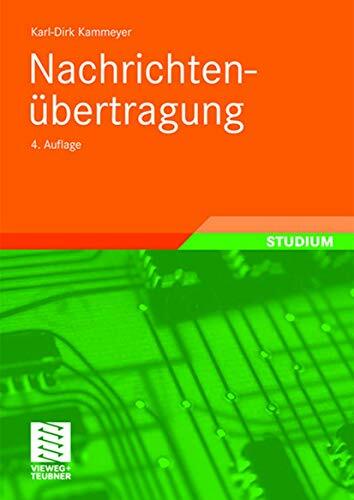
- paperback
- 861 Seiten
- Erschienen 2008
- Vieweg+Teubner Verlag

- hardcover
- 1024 Seiten
- Erschienen 2000
- McGraw-Hill Education Ltd
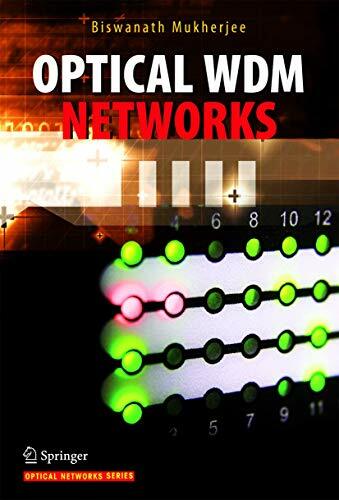
- Gebunden
- 1000 Seiten
- Erschienen 2006
- Springer

- hardcover
- 626 Seiten
- Erschienen 2010
- Wiley





